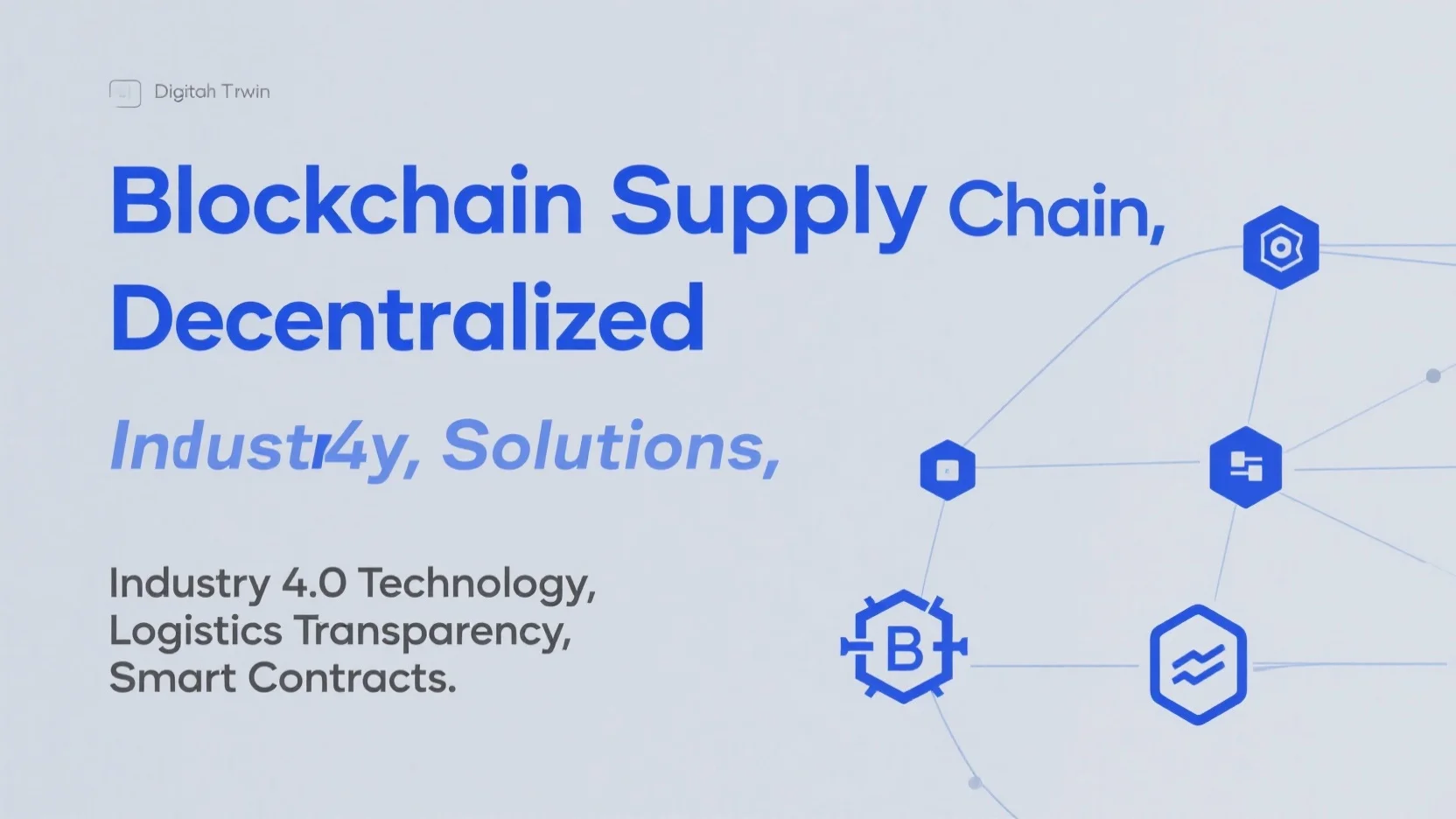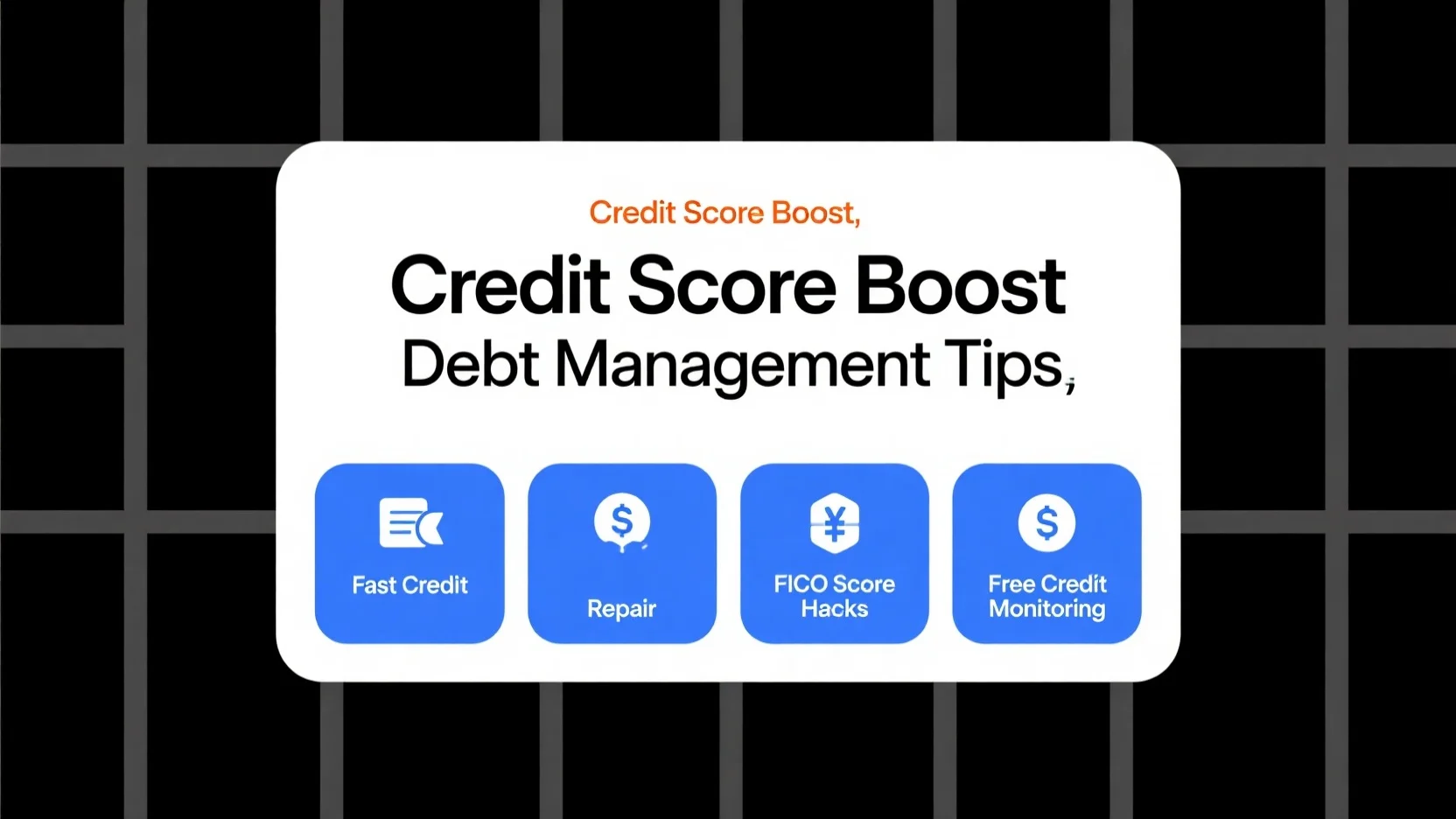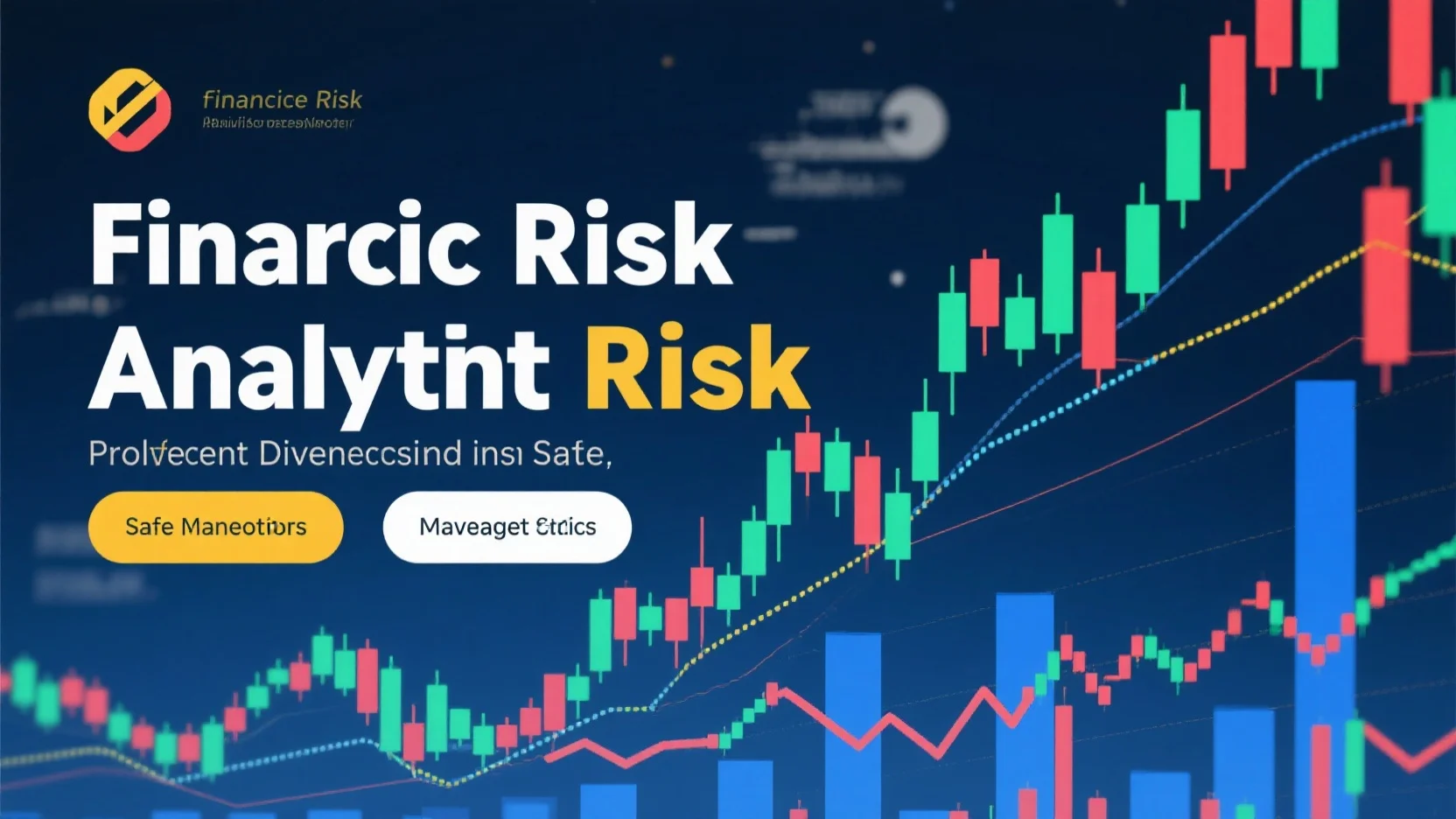Image Source: pexels
Choosing the right way to invest can change your financial future. Your plans, comfort with risk, and time frame guide this choice. High-risk investments can offer significant rewards but require courage. On the other hand, low-risk options provide stability and gradual growth. Consider: What aligns with your goals? In the debate of High-Risk vs 2025 Low-Risk Investments: Which is right for you?
Key Takeaways
- Understand your risk comfort before investing. Knowing how much risk you can handle helps you choose the right investment type.
- Set clear money goals. Short-term goals often need safer investments, while long-term goals can handle more risk.
- Consider mixing high-risk and low-risk investments. This balance can help you grow your money while keeping it safe.
High-Risk Investments
What Are High-Risk Investments?
High-risk investments can bring big rewards but are uncertain. These involve markets or assets that change a lot. You might lose some or all of your money. But, if you’re brave, the rewards can be huge. These are best for people okay with risk and who have time to recover losses.
Examples of High-Risk Investments
Here are some high-risk investment options:
- New companies selling shares (IPOs)
- Investing in startups (venture capital)
- Real estate funds (REITs)
- Trading foreign money
- Cheap stocks (penny stocks)
Each has its own benefits. For example, IPOs had yearly returns from -42% to 62% between 2012 and 2021, with most years being positive. Venture capital in startups can earn 20% to 35% yearly. REITs give steady income and share price growth. Foreign currency trading lets you earn from market changes. Penny stocks are risky but can grow fast with small price jumps.

Rewards and Risks of High-Risk Investments
High-risk investments can grow your money a lot. For example, investing in a successful startup can bring big returns. But, the risks are also high. Markets can change quickly, and you might lose everything. These investments need research and comfort with uncertainty. If you can handle the risks, the rewards might be worth it.
2025 Low-Risk Investments
What Are Low-Risk Investments?
Low-risk investments help keep your money safe and grow it slowly. These choices focus on safety, making them great for avoiding big losses. They work well for short-term goals or if you prefer a careful way to build wealth. Unlike high-risk options, they aim to protect your money instead of chasing big profits.
Think of low-risk investments as a safety cushion for your finances. They give you peace of mind, especially when times are uncertain. While they don’t grow your money quickly, they offer a steady and reliable way to save.
Examples of Low-Risk Investments
Here are some common low-risk investments for 2025:
- High-yield savings accounts
- Money market funds
- Short-term certificates of deposit (CDs)
- Treasurys and Treasury Inflation-Protected Securities (TIPS)
- Fixed annuities
Each type has its own benefits. For example, high-yield savings accounts are insured by the government and easy to access. CDs have fixed interest rates and different term lengths. Treasurys are backed by the government, making them very safe.
| Investment Type | Key Features | Safety Level | Expected Returns |
|---|---|---|---|
| Treasurys | Very low risk, supported by the government | High | Lower than stocks |
| CDs | Fixed interest, insured by FDIC | High | Lower than stocks |
| Money Market Funds | Mix of low-risk investments, easy to access | Moderate | Lower than stocks |
| Annuities | Long-term savings with guaranteed returns, less flexible | High | Varies |
Rewards and Risks of Low-Risk Investments
Low-risk investments have many advantages. They keep your money safe from big losses and grow it steadily. For example, stocks that pay dividends from large companies often give single-digit returns over time. These investments are also easy to access when you need your money.
But safer investments usually mean smaller returns. High-risk options can grow your money faster, but low-risk ones focus on protecting it. If you want quick wealth, these may not be the best choice. However, if you value stability and security, low-risk investments are a smart option.
💡 Tip: Mixing high-risk and low-risk investments can help you balance safety and growth.
Key Factors to Think About
Knowing Your Risk Comfort
Before investing, know how much risk you can handle. This shows how comfortable you are with uncertainty while growing your money. Many things affect this:
- Age: Younger people can take more risks since they have time.
- Investment knowledge: If you know more, you may take bigger risks.
- Goals: Saving for a house or school may make you careful. Planning for retirement might let you take more risks.
- Income: Higher income or savings can help you feel safer taking risks.
- Market conditions: If markets are unstable, you might pick safer choices.
- Past experiences: Bad money events can change how you feel about risk.
📝 Tip: Think about how much loss you can handle. This helps match your investments to your feelings and finances.
Setting Your Money Goals
Your goals guide how you invest. Are you saving for something soon, like a trip? Or are you planning for something far away, like retirement? Short-term goals often need safer investments. Long-term goals can handle more risk. Think about spreading out your money, how much you want to earn, and how long you have. Clear goals help you pick the right investments.
Knowing Your Investment Time
Your timeline shows how much risk is okay. If you have more time, you can recover from losses, so high-risk choices might work. If you need money soon, safer options are better. Match your timeline with your goals and risk comfort. Longer timelines can bring better results if you stay patient and smart.
⏳ Remember: Time helps your investments grow. Use it well to get the best results.
High-Risk vs 2025 Low-Risk Investments: Pros and Cons
Benefits of High-Risk Investments
High-risk investments can help your money grow quickly. They often give higher returns, which is great for building wealth fast. For example, putting money into startups or IPOs can bring big rewards if the companies do well.
Another benefit is adding variety to your investments. High-risk options like foreign currencies or penny stocks can make your portfolio more balanced. If you have time and can handle risks, these choices might help you reach big financial goals.
Downsides of High-Risk Investments
High-risk investments also have problems you should think about.
- You could lose all the money you invest.
- The market can change a lot, causing stress and worry.
- These investments need time and effort to understand and manage.
If you like safety, high-risk investments might not be the best fit.
Benefits of Low-Risk Investments
Low-risk investments help you feel secure. They focus on keeping your money safe while growing it slowly. For example, Treasurys and CDs are backed by the government or insured, so your money is protected.
These investments also shield you from big losses when markets drop. They work well for short-term plans or if you care more about safety than fast growth.
Downsides of Low-Risk Investments
Low-risk investments have some drawbacks to think about:
- They don’t grow your money as much because they focus on safety.
- Inflation can make your returns worth less over time, reducing buying power.
The table below shows the main differences between high-risk and low-risk investments:
| Investment Type | Features | Possible Returns |
|---|---|---|
| Low-Risk | Safer, smaller returns, protects against big losses | Lower returns |
| High-Risk | Riskier, chance of big losses, higher rewards | Higher returns |
By knowing these pros and cons, you can choose the best investment type for your needs and comfort level.
Scenarios and Recommendations
When deciding how to invest, think about your situation. Different goals and timelines need different investment choices. For example:
- Young professionals: If you’re young and starting out, high-risk investments might work. You have time to recover from losses and aim for big rewards.
- Families saving for a home: If you’re saving for a house, low-risk options are better. They keep your money safe and ready when you need it.
- Retirees or near-retirees: If you’re close to retirement, focus on low-risk investments. These protect your savings and give steady growth.
💡 Tip: Match your investments to your life stage and goals. This helps you stay on track and feel confident about your choices.
Deciding between high-risk and low-risk investments depends on your money needs. High-risk choices are good if you have time and can handle risks. Low-risk options are better if you want safety or have short-term plans.
📝 Key Points:
- Think about your timeline and how much you want to earn.
- Mix different investments to keep your money safe and growing.
- Check your plan often to match it with your goals.
By knowing your goals and comfort with risk, you can choose wisely. Whether you pick high-risk or low-risk, the right choice helps you reach your money goals.
FAQ
How can I mix high-risk and low-risk investments?
Spread your money across different investments. Choose based on your goals and how much risk you can handle. This way, you can grow your money while keeping it safe.
Can I change between high-risk and low-risk investments?
Yes, you can make changes. Check your goals and timeline often. This helps your investments match your current money needs.
What’s the best way to start investing if I’m new?
Start with safer investments. Learn about how investing works. Slowly try riskier options as you feel more confident and informed.
💡 Tip: Begin with small amounts and keep going. Being patient and steady helps you succeed in investing.





